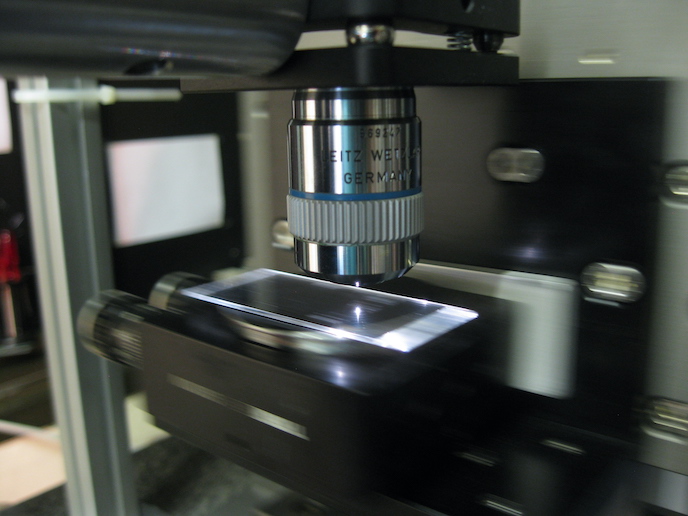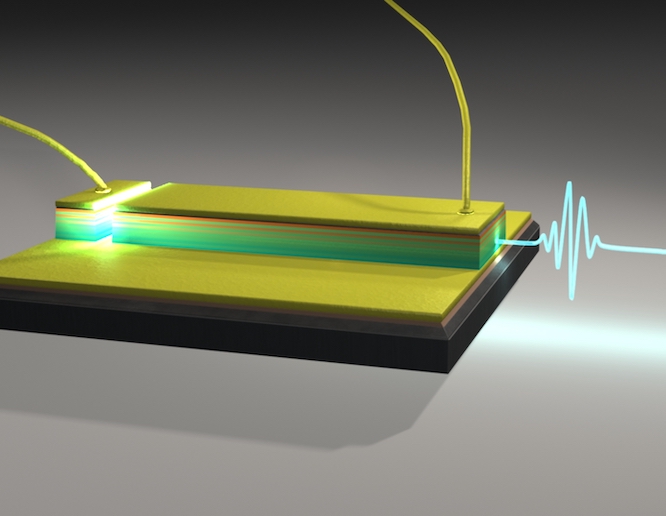Organic materials show their magnetic nature
With complementary metal-oxide semiconductor (CMOS) technology nearing the limit of scaling, several new technologies are being investigated as potential replacements. Spintronics — an emerging technology exploiting the electron spin in addition to its charge — seems to be a promising direction for the post-CMOS era. Long-distance spin transport without loss of polarisation and spin manipulation are fundamental factors underpinning design of innovative spintronic devices. Due to their tunable mobility and low spin–orbit coupling, organic semiconductors are considered ideal materials for spin transport, potentially representing a breakthrough in spintronics. With EU funding of the project 'Injection, transport and manipulation of spin currents in new organic materials' (ITAMOSCINOM), scientists shed further insight into their spin transport properties and spin manipulation. Initial work focused on growing and characterising organic materials on top of ferromagnetic ones and vice versa. This allowed scientists to obtain optimised organic vertical spin valves and study spin coherent length and its transport mechanism. Through more complex spintronic devices such as metal-based transistors or nanometric field effect transistors, ITAMOSCINOM achieved deeper understanding of the spin decoherence mechanisms in organic materials. Focus was also placed on studying spin injection and transport in metals and ferromagnets using lateral spin valves. These fascinating devices hold great promise for spintronic applications as they allow producing pure spin currents. The spin-flip mechanism in the spin transport of simple metals received careful attention. Scientists made significant steps toward manipulating the electron spin in conventional metals and organic materials. As such, they achieved more sophisticated understanding of spintronics, including the spin–orbit interaction that is crucial to achieve spin manipulation through an external electric field. ITAMOSCINOM succeeded in studying materials with optimised spin transport properties that should enable spintronics to become a viable alternative to conventional electronics. Project findings regarding spin manipulation are paving the way to developing advanced spintronic devices such as a spin transistor.
Keywords
Organic materials, spintronics, spin transport, organic semiconductors, spin currents







